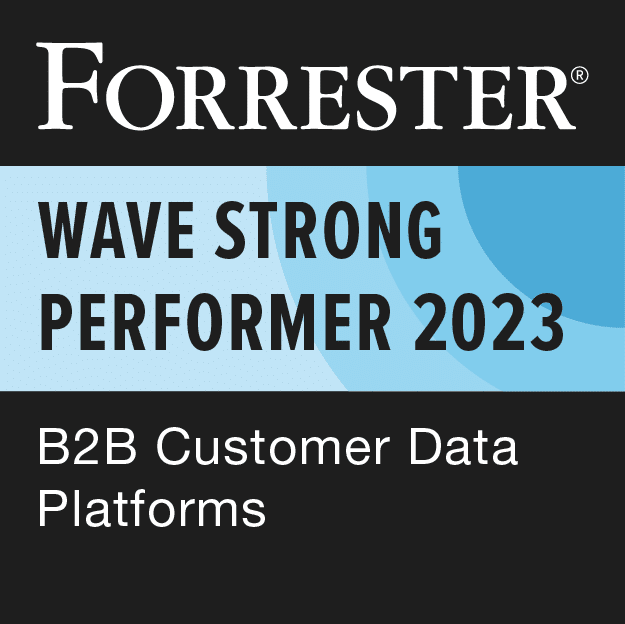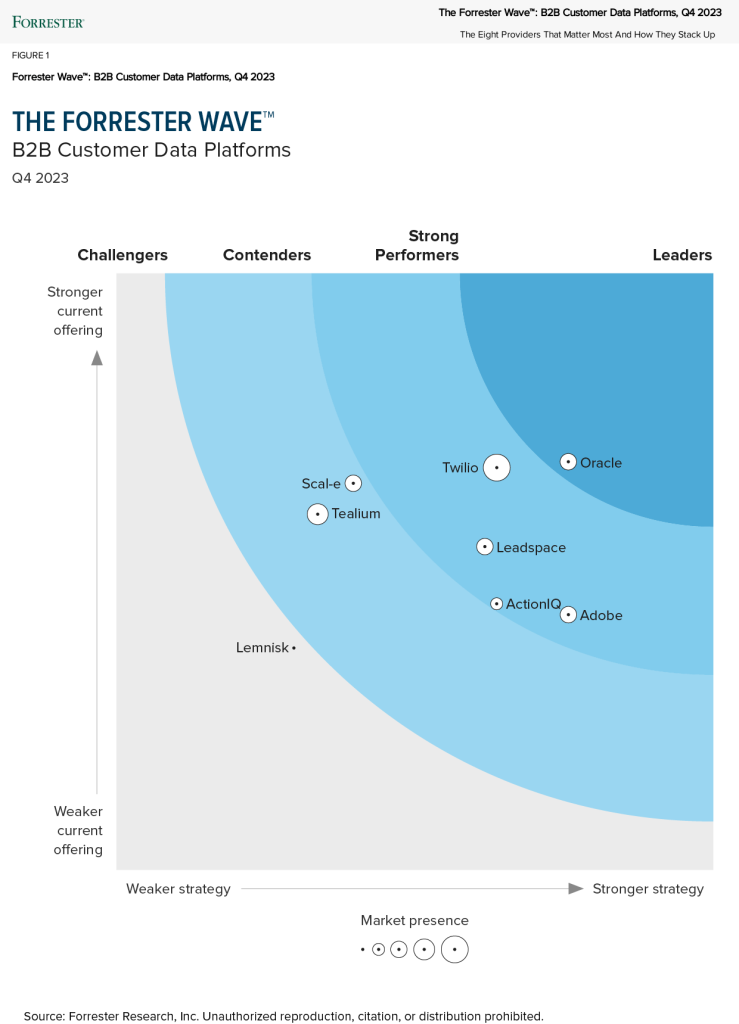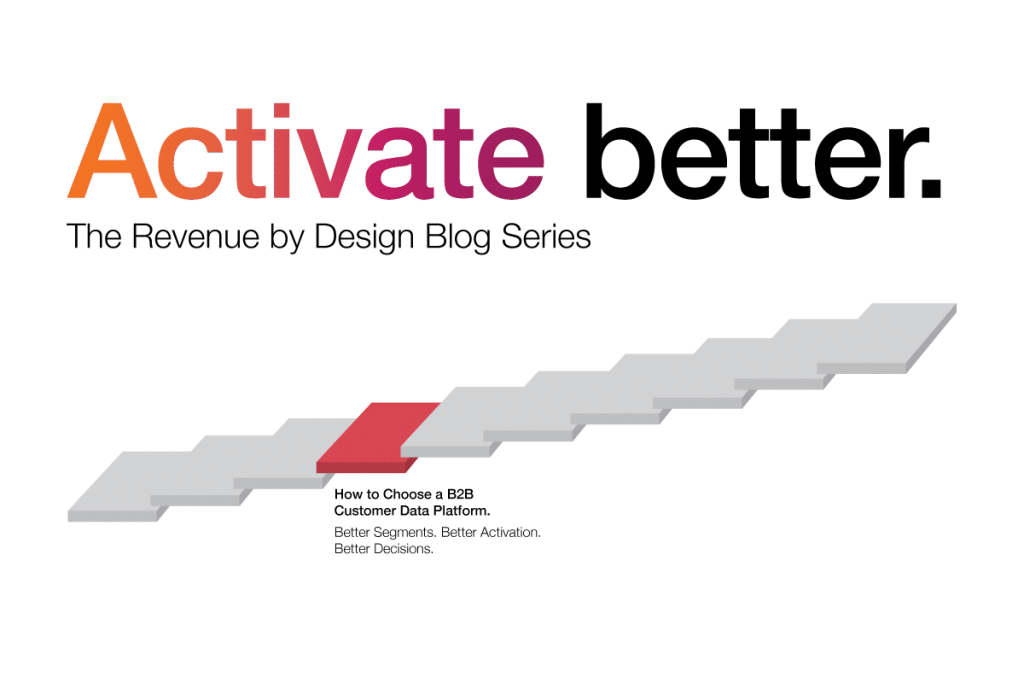B2B Sales and Marketing teams, in particular, absolutely love buyer data – they depend on it to do their jobs! Unfortunately, most companies are failing to use it to its potential. The goal is usually to use buyer data to determine who might want their product, but a company’s data is often such a mess that they only experience the bare minimum their buyer data has to offer. But, they understand how valuable it is in such a competitive environment, so much so that companies spend thousands, even millions of dollars accumulating data from various third-party data vendors – trying to get more and more insights to the right buyer faster and better than their competitors. Unfortunately, accessing all of the data necessary for highly precise or personalized outreach could require contracts with 10+ different data vendors – and all that siloed data isn’t even blended or ready to use. Worst of all – it’s not even up to date.
After spending a fortune on a myriad of disparate, static buyer data from various vendors, sales & marketing teams can finally start the process of Account-Based Marketing (ABM). They’ll populate their CRM and MAP systems with their own first-party data and the third-party data they’ve purchased, then search through these static databases looking for the leads they like. They’ll use the fields in their CRMs and MAPs to understand each lead’s in-market qualifications and create highly targeted campaigns, and then ultimately use their contact data to reach out to them via phone, email or LinkedIn.
How do they identify the best leads to pursue? They compare each lead to their Ideal Customer Profile (ICP), which is developed through analyzing historic first-party data. Where did they win? Where did they lose? Which of these potential buyers are most likely to buy their products? Just check the data, right? Unfortunately, most of the time, “checking the data” is not that simple.
As great as having all that data is, there’s an immense amount of problems and inefficiencies we face in making that data actionable. The core issue here is that all of this vendor data comes in siloed and un-blended. Unifying data from a variety of sources is an extremely cumbersome and overly time-consuming process when done manually. Not to mention it’s prone to human-error. Even after it’s unified, you’ll encounter countless blank cells, duplicate records, and conflicting data that mucks it all up. One data source says the company’s revenue is $300M, the other says that same company’s revenue is $1.3B. How do we resolve this and determine which is the correct answer? How do we decide which source to trust? Historically – a whole lot of manual work.
But hey, there’s always a margin of error, and having the wrong information for a single field for a single person or company won’t make a huge difference, right? So often we hear the story of a salesperson investing countless hours and resources in pursuit of the perfect lead. They saw that Bob, the VP of Sales with company “X” showed high intent and engagement. Bob was the perfect person to talk to, and that salesperson reached out to him countless times over the span of 6 months via his business email logged in their CRM, trying to get a meeting. Well, it took 6 months of work, but that salesperson eventually found out that Bob changed jobs a year ago, is no longer in sales, and has a completely new email address. All that time should’ve been spent pursuing a lead that actually had a chance.
This happens all too often because people change jobs constantly – obviously their company and job titles are dynamic. Unfortunately, the databases accessed through most vendors are not at all dynamic. By the time you’ve blended all of your static data together into something usable, much of it will already be out-of-date. This is a major issue with vendor data – how to get value from, update and identify instances of outdated, stagnant data in our systems. Our CRMs and MAPs don’t send us a notification when someone changes jobs because why would they? They’re just showing you the data you put in a year ago. In fact, people change jobs so often that by the time you’ve manually updated all of your buyer data in your CRM and MAP, some of that employment data will have already changed and be outdated.
The problem is that databases from most vendors are static. They reveal the data at that specific moment in time, then expect us to manually amend it with new data constantly. This is a serious point of pain for sales and marketers. Beyond outdated buyer data, sales and marketing generally work off of different siloed data without a single source of truth. Marketing might send a lead to sales, only for sales to see in their system that the lead doesn’t seem to match their ICP and put it on the backburner, not realizing that the marketing team’s data shows a strong match to their ICP. How do we fix such detrimental misalignment?
These issues highlight the need for a dynamic single source of truth for sales & marketing to operate from. Achieving such a feat will require an AI-driven system for resolving buyer identities across numerous static databases and aggregating all of that data to build robust buyer profiles that automatically update as the source data changes. With Leadspace, your sales and marketing teams can easily access dynamic buyer data that’s up-to-date. Stay tuned for the next blog in this series, where we will dive deeper into the benefits, challenges and best practices for making the change from static to dynamic.





